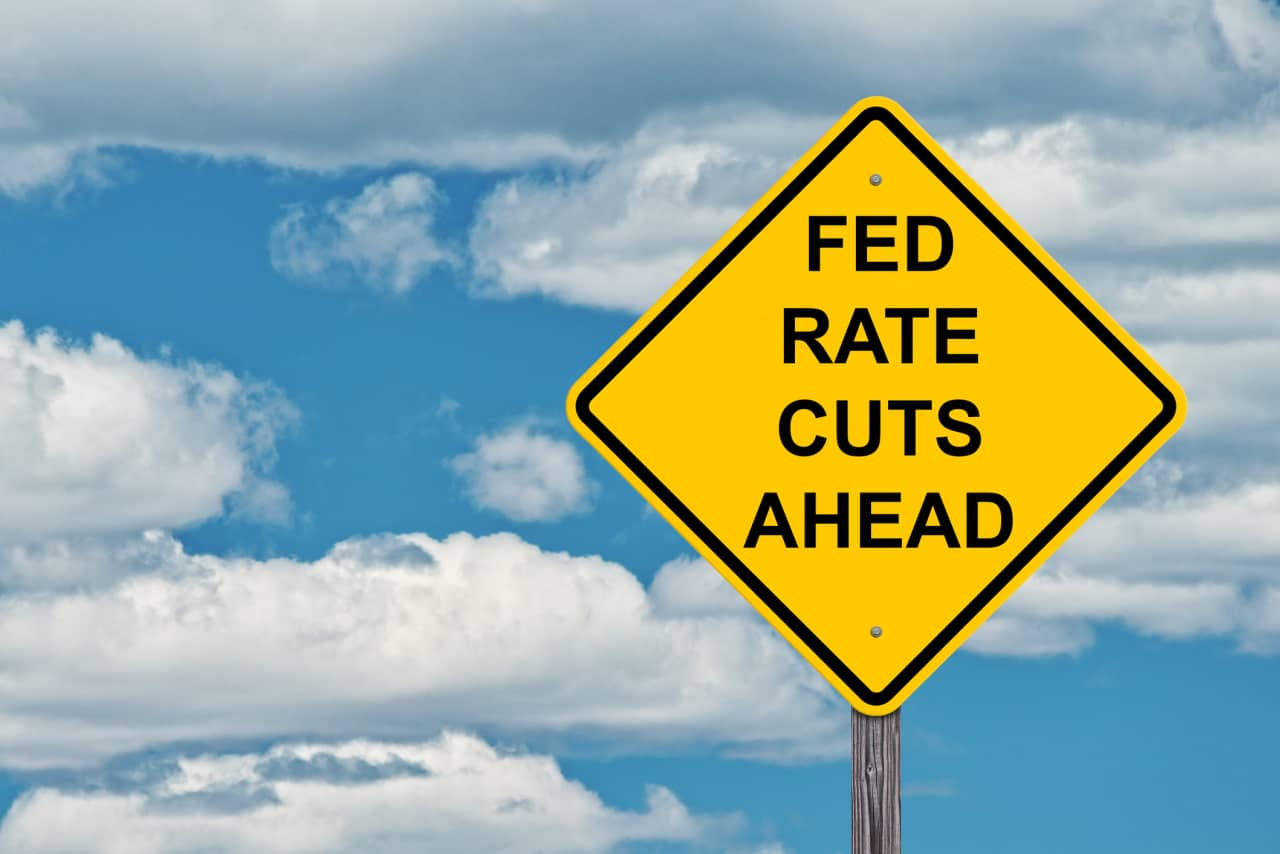Wall Street Heavyweight Bets on Deeper Fed Rate Cuts Than Markets Anticipate
In an era of persistent inflation pressures and policy uncertainties under the new Trump administration, a prominent Wall Street figure is making waves with a bold prediction: The Federal Reserve will slash interest rates far more aggressively than what financial markets are currently pricing in. This contrarian view comes from Preston Caldwell, senior U.S. economist at Morningstar, a powerhouse in investment research with trillions in assets under influence through its ratings and advisory services. Caldwell’s forecast, detailed in a June 2025 analysis, challenges the consensus that the Fed’s easing cycle will taper off soon, suggesting instead that rates could plummet to levels not seen since the pre-pandemic era to avert economic stagnation.
Caldwell’s outlook arrives amid a backdrop of mixed economic signals. The Fed has already initiated cuts in 2024, bringing the federal funds rate to a range of 4.75% to 5% following a 50-basis-point reduction in September. Markets, via futures contracts, now imply a terminal rate around 3.25% to 3.50% by mid-2026, with just two more quarter-point cuts expected in 2025. However, Caldwell argues this underestimates the drag from high borrowing costs, tariffs, and weakening consumer spending. He projects the funds rate dropping to 100 basis points below market expectations by the end of 2027—potentially as low as 2.25%—to counteract these headwinds and prevent a deeper slowdown.
Why Deeper Cuts? Unpacking Caldwell’s Rationale
Morningstar’s forecast hinges on several key factors, blending macroeconomic analysis with forward-looking scenarios:
- Lingering Effects of High Rates: Despite initial cuts, many borrowers remain locked into low-rate debt from the pandemic era. As this rolls over into higher-rate environments, affordability—especially for mortgages—could hit crisis levels reminiscent of the mid-2000s housing bubble. Caldwell notes that median home mortgage payments relative to household income are already at their worst since then, necessitating aggressive easing to sustain housing demand and broader growth.
- Tariff-Induced Slowdown: With President Trump’s tariff policies ramping up, Morningstar anticipates a drag on GDP growth over the next two years. Combined with low savings rates and overstretched consumers, this could force the Fed to cut more to offset the strain. Caldwell emphasizes that without deeper reductions, the economy risks “much lower interest rates to maintain a healthy growth rate.”
- Inflation’s Path to 2%: While inflation has cooled from 2022 peaks, it’s stalled around the Fed’s 2% target. Caldwell expects it to converge fully by 2027, but only if slack in labor markets and output persists—scenarios that demand prolonged easing. This contrasts with hawkish views from figures like Deutsche Bank’s Matthew Luzzetti, who sees the Fed pausing after one more cut in December 2024 due to sticky prices.
- Policy Uncertainty and Neutral Rate Debate: The neutral rate—the level where policy neither stimulates nor restricts growth—is a flashpoint. Markets and many economists peg it higher (around 3%), but Caldwell believes it’s overestimated, rooted in pre-pandemic lows. With deregulation and AI potentially boosting productivity, he sees room for rates to settle lower without reigniting inflation.
Caldwell’s prediction extends the easing timeline: Cuts wrap up in early 2027, not mid-2026 as markets expect. This aligns with Morningstar’s broader view that the low-rate regime of the 2010s will resume post-pandemic volatility.
Market Reaction and Broader Trends
Wall Street’s response has been muted but telling. The S&P 500 has rallied about 10% year-to-date through August 2025, buoyed by hopes of cuts, yet remains volatile amid tariff fears and jobs data. Smaller-cap stocks in the Russell 2000 surged 3.9% in a single session in August on rate-cut optimism, as they benefit most from cheaper borrowing. Tech heavyweights like those in the Nasdaq have been choppier, slipping amid AI hype cooling.
Emerging trends point to a divided Street:
- Dovish Optimism: A CNBC Fed Survey in January 2025 showed 65% of respondents expecting two cuts in 2025, matching Fed projections, but conviction waned due to inflation sticking at 2.7%. Economists like those at Wells Fargo foresee three cuts, citing solid growth but rising policy risks.
- Hawkish Caution: Firms like Deutsche Bank predict a pause in 2025, with inflation expectations jumping to 4.3% in surveys. Tariffs are seen as inflationary by 77% of CNBC respondents, potentially capping easing.
- Sector Shifts: Real estate and utilities lead gains, as lower rates boost property values and defensive plays. Financials, however, face headwinds from narrower net interest margins.
Key players beyond Caldwell include:
- Jamie Dimon (JPMorgan Chase): Warned of rates potentially hitting 8% in a worst-case inflation scenario, contrasting Caldwell’s dovish bet.
- Sarah House (Wells Fargo): Expects a “slower pace” of cuts, with every-other-meeting adjustments in 2025.
- Matthew Luzzetti (Deutsche Bank): Advocates pausing after December 2024, emphasizing less urgency amid strong growth.
Implications for Investors and the Economy
If Caldwell is right, deeper cuts could fuel a stock market rebound, particularly in growth sectors like tech and real estate, while easing pressure on overleveraged consumers. However, it risks moral hazard—encouraging excessive borrowing—and could signal underlying weakness, spooking markets if not managed carefully. Ethically, such forecasts demand scrutiny: Morningstar’s analysis relies on proprietary models and public data, but assumptions about tariffs and productivity gains carry uncertainty. Journalism requires balancing this with counterviews, like the Fed’s own projections of four cuts in 2025 from September 2024, to ensure fairness.
As the Fed’s September 16-17, 2025, meeting looms—with an 89% chance of a cut per futures—Caldwell’s call underscores a pivotal debate: Will the central bank prioritize growth over inflation vigilance? In a year of political flux, this heavyweight’s prediction could prove prescient or premature, but it highlights the high stakes for global markets. Investors would do well to monitor upcoming jobs and CPI data for clues.
